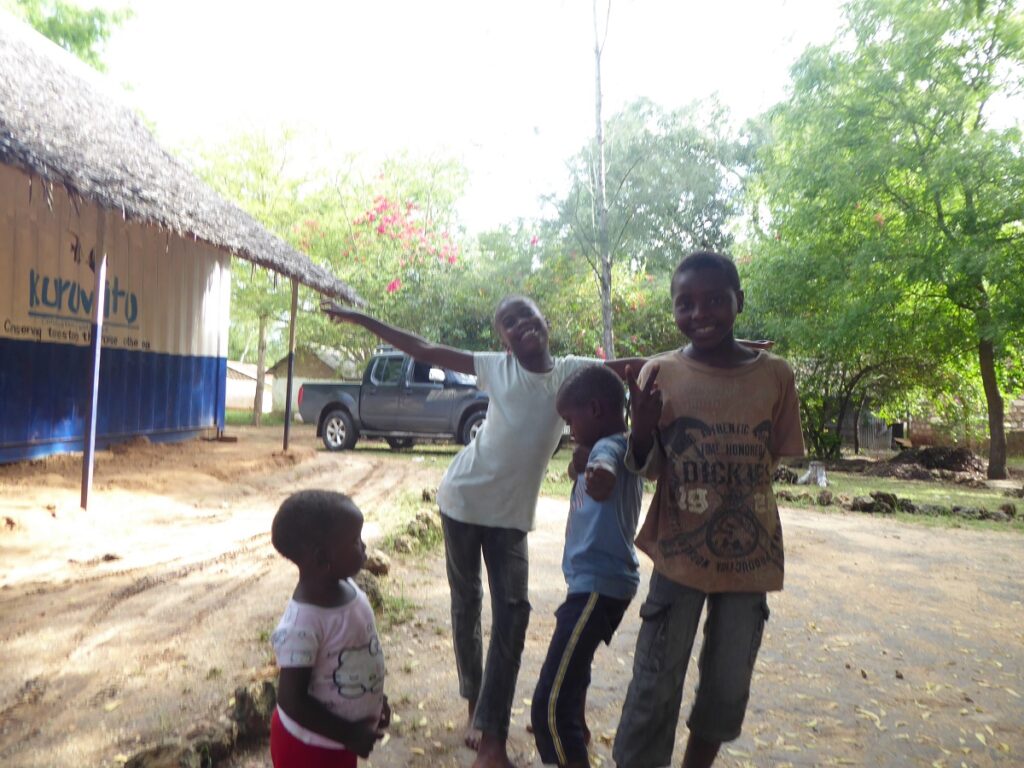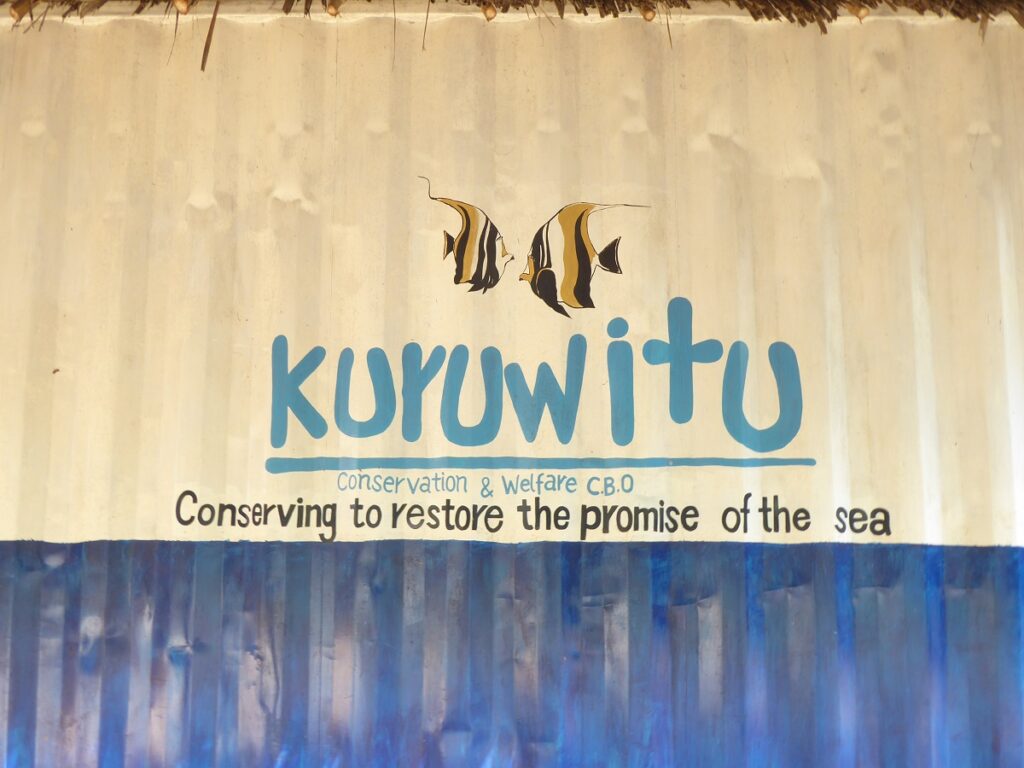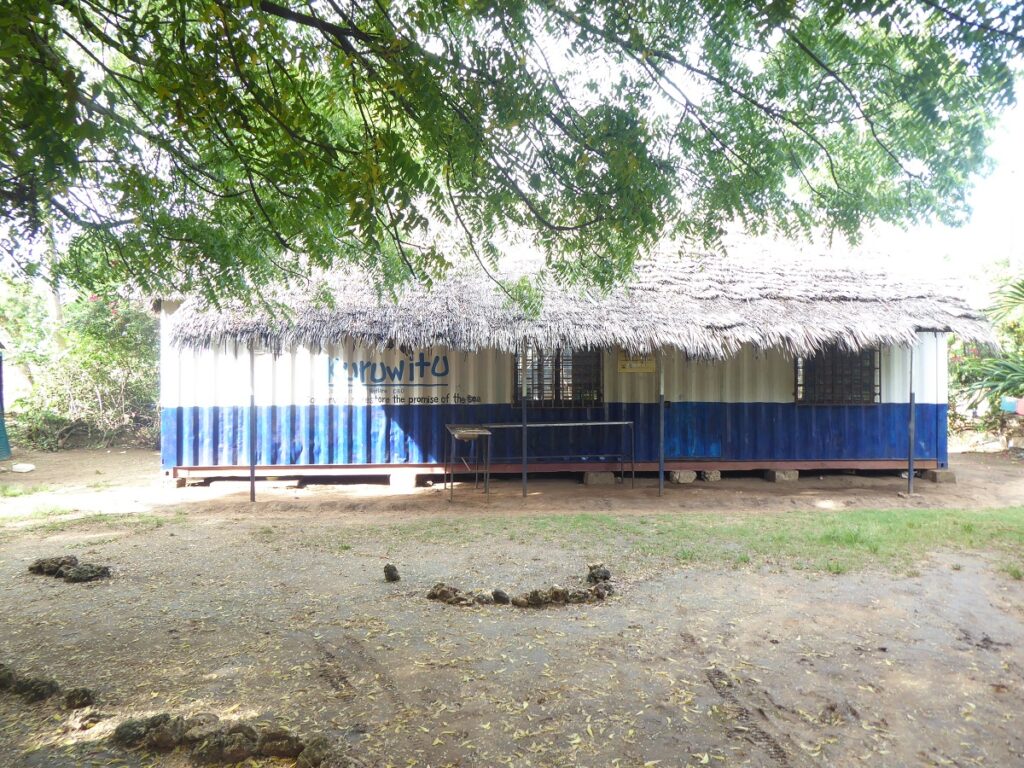Oceans Alive
Before my visit, I had had some contact with the co-founder and director as well as read through their strategic plan, the first thing that I noted was the strong link between their work and the community. This was very encouraging, and unlike many strategic plans, where community engagement can at times be used as more of a buzzword, but often sidelined for other projects. I visited Oceans Alive in the afternoon and was picked up by Jack, the operations manager. Unbeknownst to me, Oceans Alive had several ongoing projects in the area, and so to get a complete picture of their work, Jack was going to take me to all projects dotted around the Vipingo Coast.
We converse on our way to our first location, Jack explains that the success of these LMMAs was largely due to the longstanding relationship between the co-founder, Des Bowden, and the community, as over the years they have been able to build trust between all parties. This would make sense, over the centuries, there has been a lot of mistrust between communities and the ‘higher powers’, like the governments and even conservationists. Historically, communities often have had sanctions or restrictions enforced upon them with very little consideration for their welfare. This harbours resentment and can lead to damaging behaviour, such as illegal poaching or logging, with communities being left to feel less valued than the wildlife they are forced to live next too or worse still, communities are forced to move out of their homes for a new park or nature reserve. Fortunately, there has been a positive shift amongst the conservation community towards working with people and it is coming more unacceptable to ignore communities who are most affected by wildlife and conservation projects, not only because we have a moral obligation, but because without engaging communities, conservation efforts are most likely to fail.
I digress, back to my visit, as we arrive at our first location, we are greeted by several young children, who recognise Jack and his car. All of them eager to say hello and assist Jack on the tour. We had entered the KCW-CBO ‘hub’, which was made up of a few buildings and two large shipping containers. Jack explained that the land was given by the community elders to KCW-CBO to do their activities. In its ‘hay day,’ there were regular classes for the youth in the area and it was used for several community activities.
KCW-CBO is strongly supported by Oceans Alive and the Vipingo population. Residents in the area pay an annual fee to KCW-CBO for their work in marine conservation. This helps support patrols on the coast to ensure people are adhering to the rules and not taking from the no take zones. Due to COVID-19, a lot had been put on hold and the facilities were desperately needing some TLC. As we entered one of the shipping containers, now used as a store, but originally a classroom, I noticed an old schedule and stacked up chairs and tables. Jack explained how the classes were rather successful but now they just needed help getting it back up and running. It was fantastic to see such an initiative giving back to the community, not only in marine conservation, a vital source of income and livelihoods in the area but also to the community in general. As we chat the children take over as photographers and enjoy snapping away. We shortly leave, and the children chase our car as we exit. I was excited to see what we had in store next.

We continue to the Oceans Alive headquarters, we arrive at a spacious house/office. Jack explains that volunteers would normally stay at the house, but like many other projects, COVID-19 has ceased this from happening. For many organisations like Oceans Alive, volunteers are vital for the continuation of the work, helping with both manpower and finances. Jack shows me some of the projects going on at the centre, as he explains that a big effort goes into developing alternative income opportunities and livelihoods. The reason for this was that many people in the area rely on fishing based activities, but the fish populations simply cannot maintain this activity in such high numbers without some intervention. Plus, employment opportunities other than fishing or other environmentally damaging activities in the area are incredibly limited. To help restore the fish populations, so communities would have enough fish to live on would mean creating no fishing zones within these LMMAs. This would allow fish to reproduce and have ‘safe zones’ to mature.



Well done kelly. You have made this so interesting and readable. Certainly so to grandmas living back here in the uk!